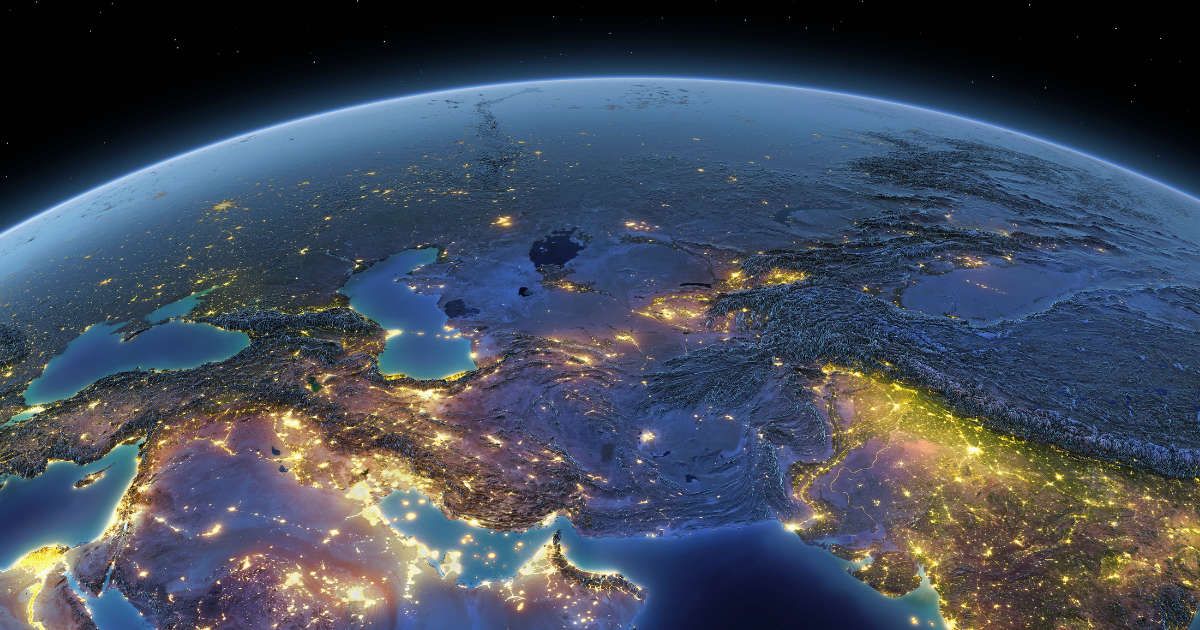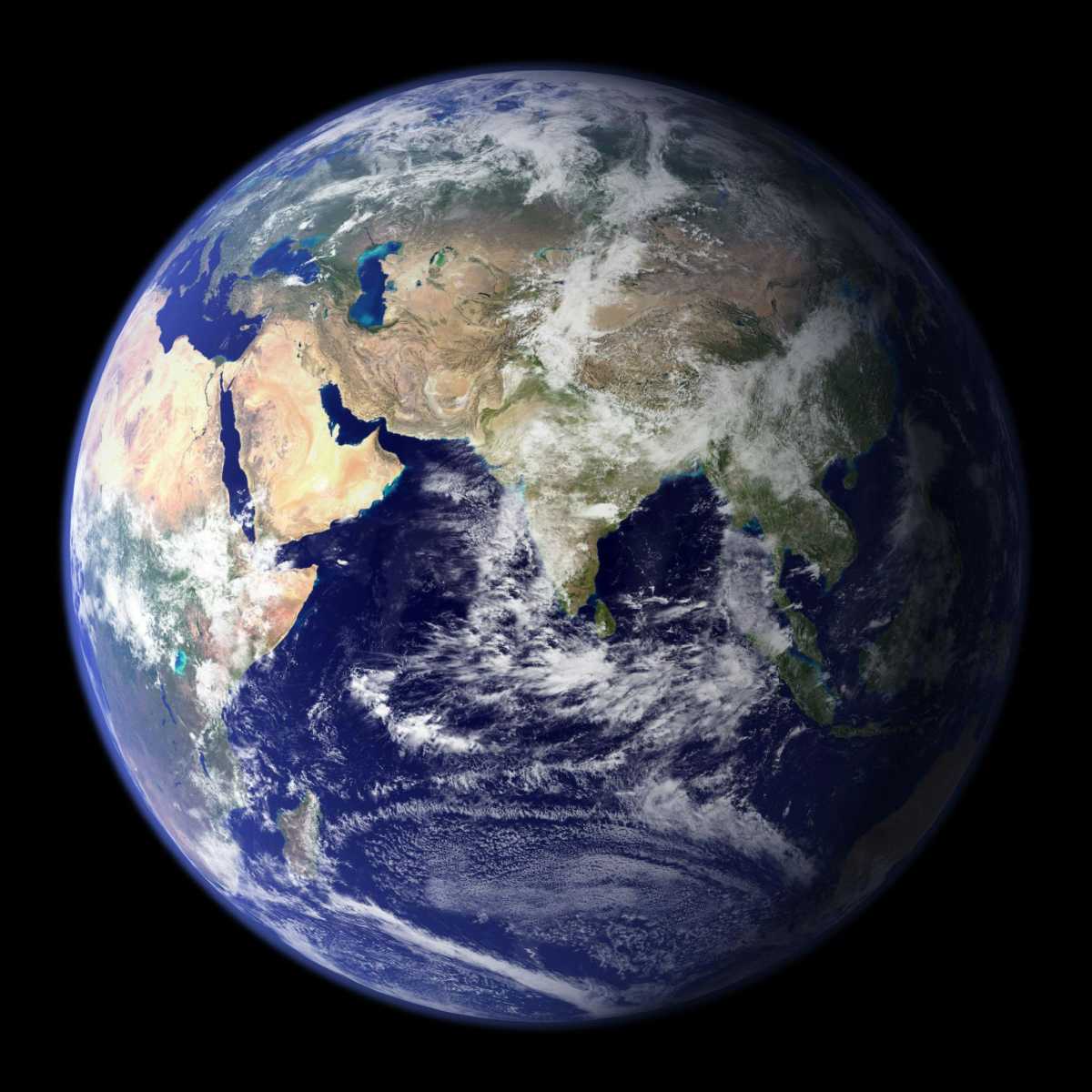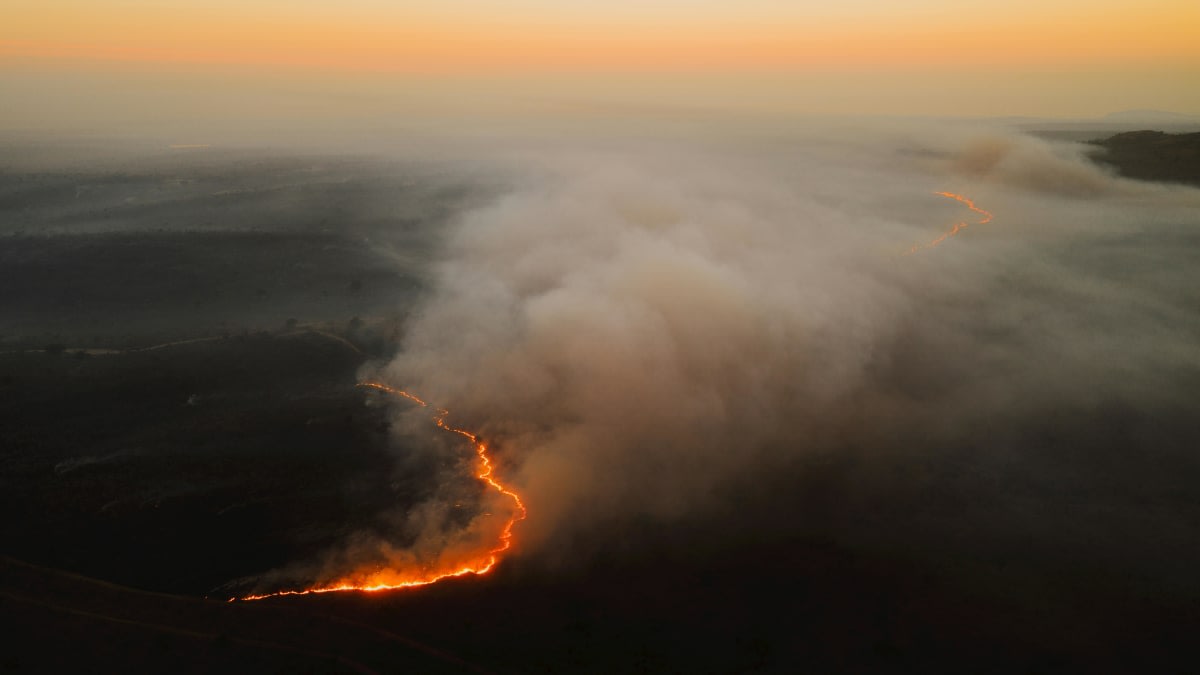Patterns associated with geological boundaries can help experts determine Earth's past and figure out future: study

The pattern of geological boundaries may not be as unstable as people have thought, as these boundaries exist between geological wedges of time, like eons, periods, and epochs. Each of these wedges is defined by major events, like extinctions and biodiversity booms, and findings regarding these boundaries have been published in the journal Earth and Planetary Science Letters. Insights from this study challenge the past assertion that boundaries between these major events were distributed randomly across time. There was a method to this madness, according to experts. If this assertion is true, then it would help experts not only in categorizing the past but also in predicting the future accurately.

Pattern Followed by the Boundaries
Researchers identified the pattern of these boundaries to be hierarchical in nature, according to IFLScience. These boundaries cluster together in such a way that they mirror the deepest fluctuations experienced by the Earth. Professor Andrej Spiridonov from Vilnius University's Faculty of Chemistry and Geosciences claimed that even though these boundaries showcase a "chaotic" story of past events, the unevenness associated with them will help experts understand "how our planet changes, and how far that change can go."

Findings from the Study
Despite a hierarchical nature, these boundaries are still found to be randomly distributed, according to Phys.org. It means that they repeated, but the time difference between them was not regular. The study considers the official International Geochronological Chart and biozone-based time scales. These time scales correlated with the temporal ranges of extinct species, like ammonoids, conodonts, and graptolites. The objective was to understand the distribution of boundaries across different wedges.
The results indicated that in all timelines, whether local or global, time-unit boundaries do not seem to be evenly spaced. These boundaries were noted in clusters, and between each cluster there were intervals of relative quiet. This uneven pattern could actually be explained through multifractals, a mathematical pattern that repeats multiple times, but at different scales. "The intervals between key events in Earth's history, from mass extinctions to evolutionary explosions, are not scattered completely evenly. They follow a multifractal logic that reveals how variability cascades through time," explained Spiridonov.
Implication of the Findings
Through understanding of this pattern linked to geological boundaries, researchers were able to calculate the "outer time scale" of the Earth's system. This timescale is the period for the planet to expose its natural variability, with a limit of around 500 million years. What this means is that, for experts to fully understand the behavior displayed by Earth during a particular wedge, regarding its calm phases and spans of upheaval, the available geological record should extend until half a billion years. This finding showcases why shorter time scales, smaller than 500 million, fail to capture the extremes Earth has undergone during that specific geological wedge.
Besides, it is vital to capture this extreme, as it is an important element of planetary evolution. The study also presents a new theoretical model, which reveals how geological boundaries are spread across time. This model is named Multifractal-Poisson Process. The model functions on the belief that geological events are nested, one within the other. This placement results in a cascading pattern, where one boundary cluster is inside another, and they are monitored through a single statistical process.